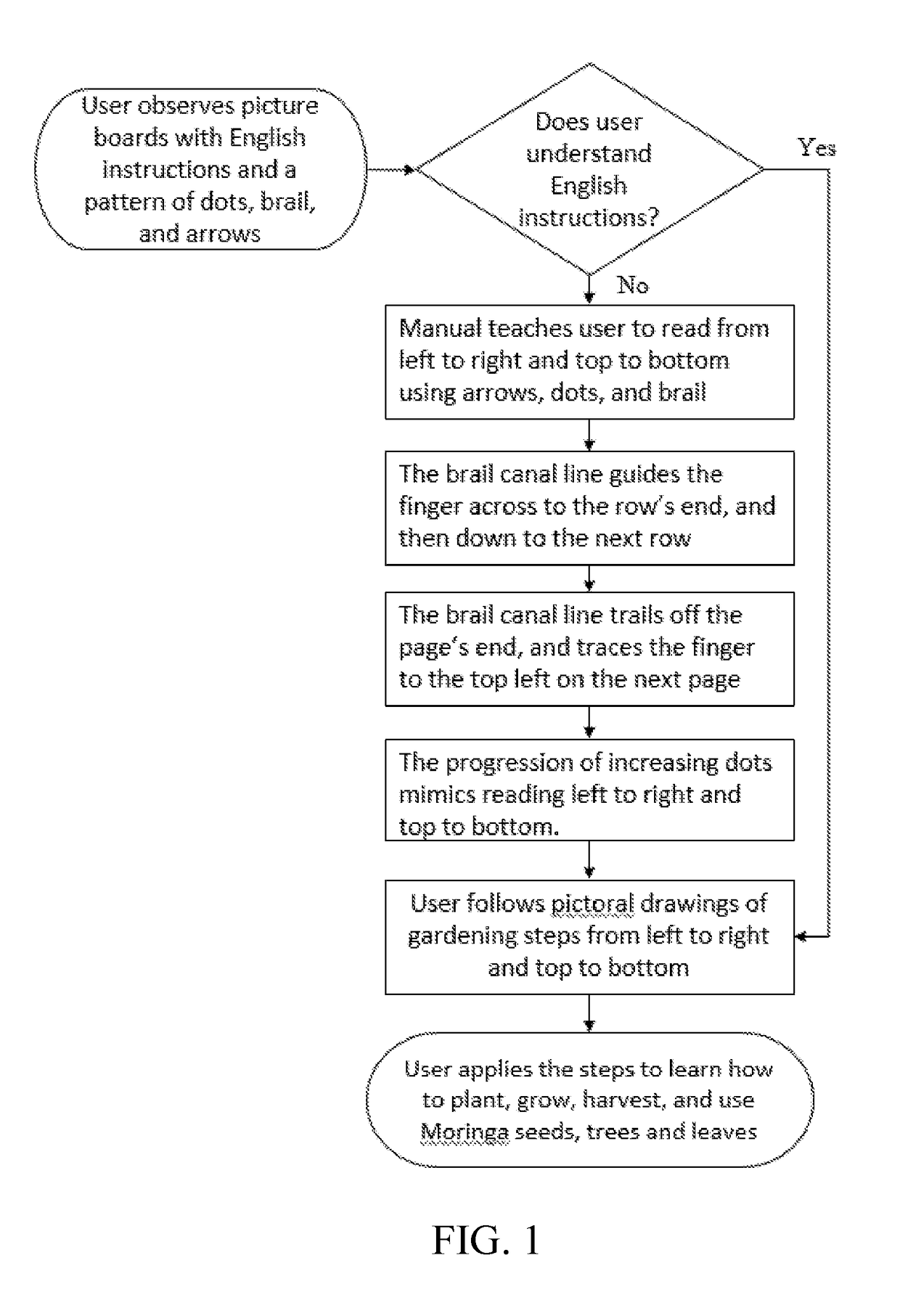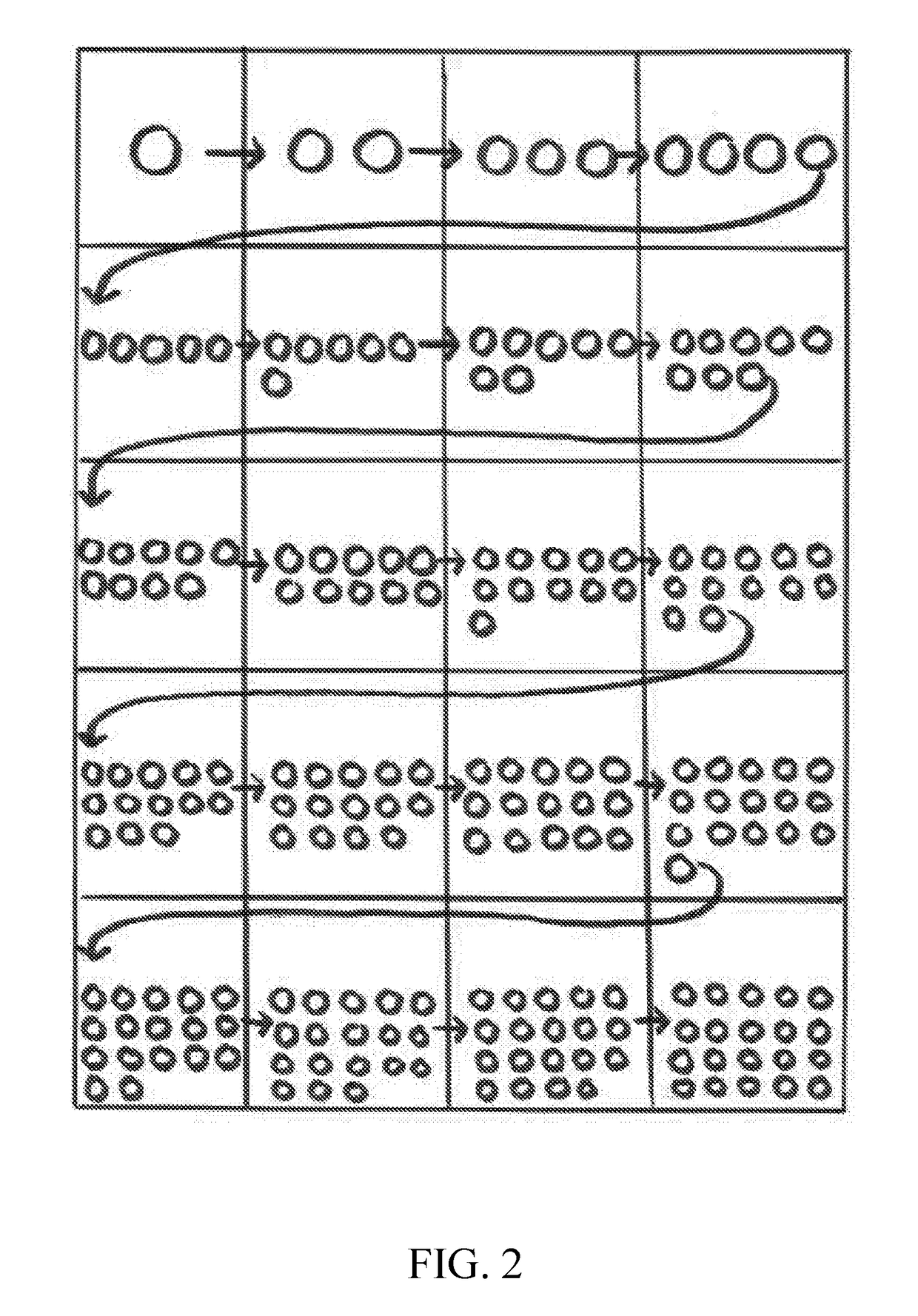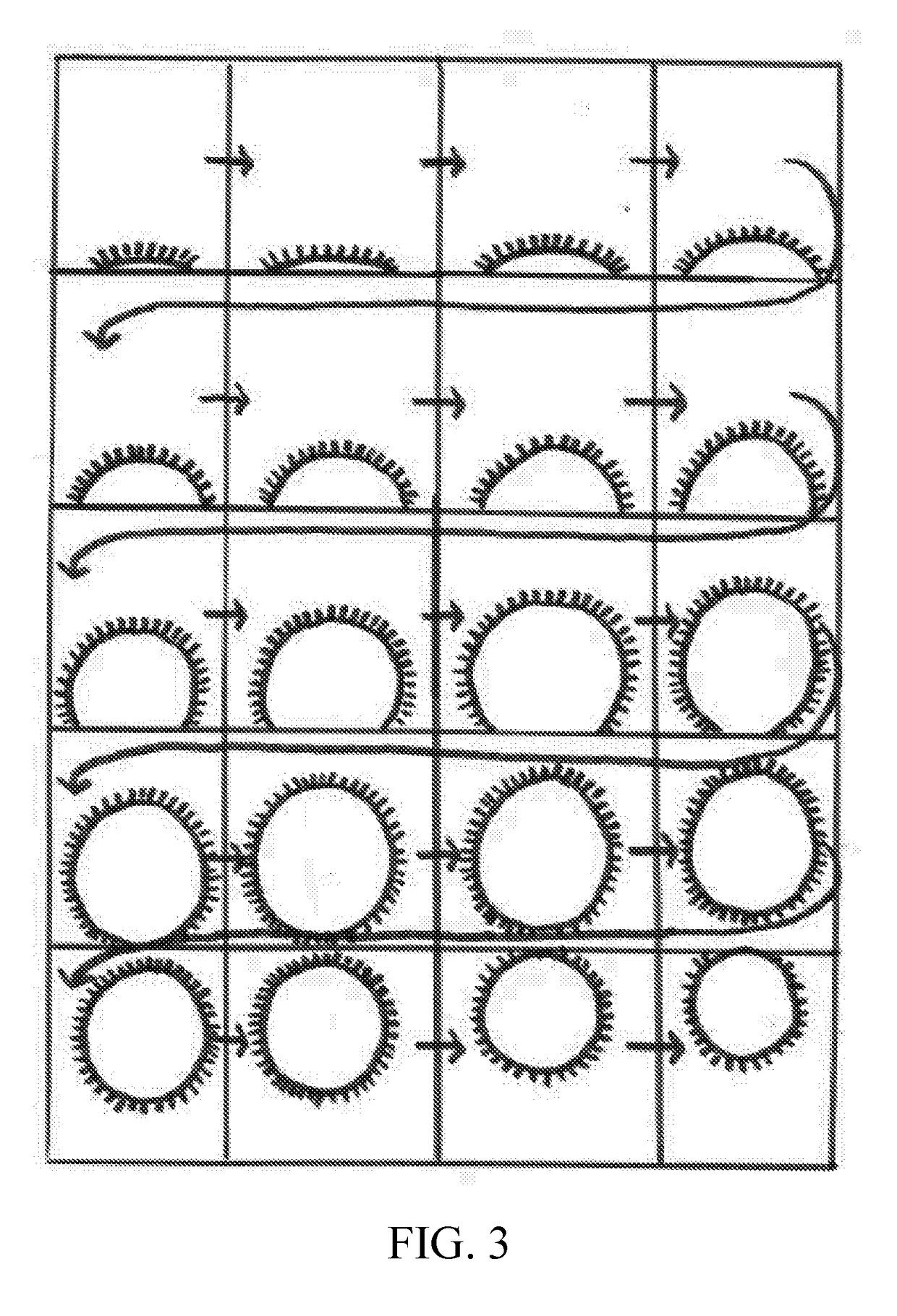Method for Teaching Reading with Square Pictorials
- Summary
- Abstract
- Description
- Claims
- Application Information
AI Technical Summary
Benefits of technology
Problems solved by technology
Method used
Image
Examples
Embodiment Construction
[0024]It is to be understood that this invention is not limited to any particular embodiment described, which may vary. Also, it is to be understood that the terminology used herein is for the purpose of describing particular embodiments only, and is not intended to be limiting, since the scope of this invention will be limited only by the appended claims.
[0025]In the following detailed description, numerous specific details are set forth, in order to explain and provide a thorough understanding of the present invention. However, it is apparent that the present invention may be practiced without all of these specific details. Thus, all illustrations of the drawings are for the purpose of describing versions of the present invention, and are not intended to limit the scope of the invention.
[0026]In the following section, the present invention is described fully by referencing the details in the enclosed drawings, which illustrate certain embodiments of the invention. The numbers show...
PUM
 Login to View More
Login to View More Abstract
Description
Claims
Application Information
 Login to View More
Login to View More - R&D
- Intellectual Property
- Life Sciences
- Materials
- Tech Scout
- Unparalleled Data Quality
- Higher Quality Content
- 60% Fewer Hallucinations
Browse by: Latest US Patents, China's latest patents, Technical Efficacy Thesaurus, Application Domain, Technology Topic, Popular Technical Reports.
© 2025 PatSnap. All rights reserved.Legal|Privacy policy|Modern Slavery Act Transparency Statement|Sitemap|About US| Contact US: help@patsnap.com



